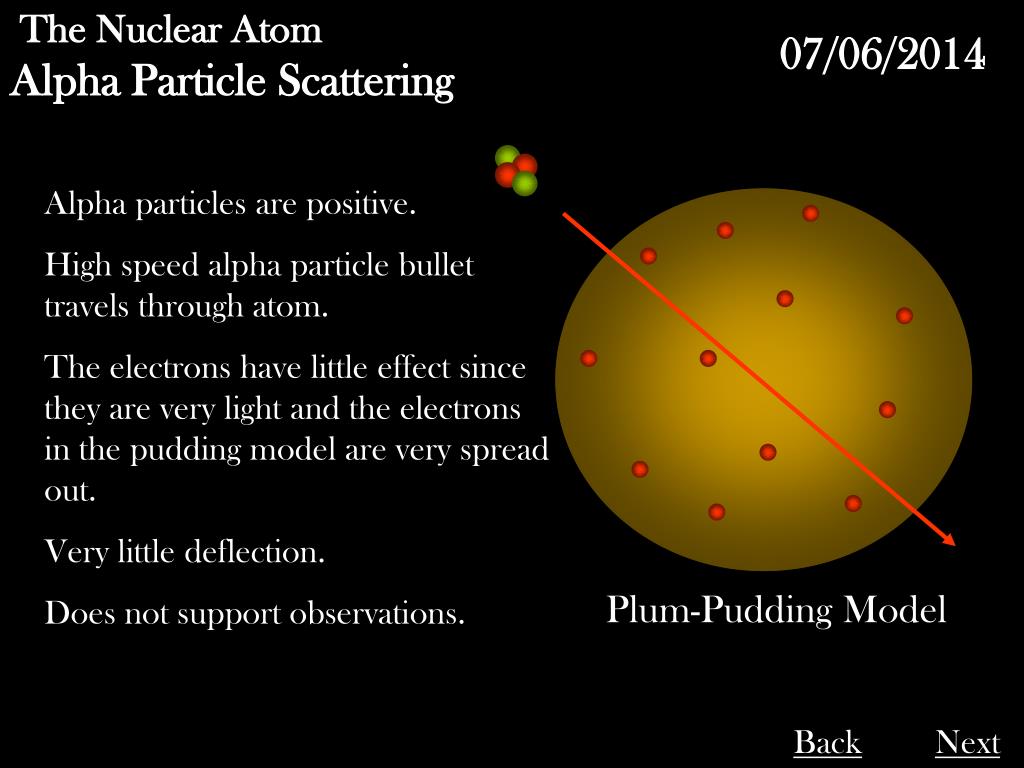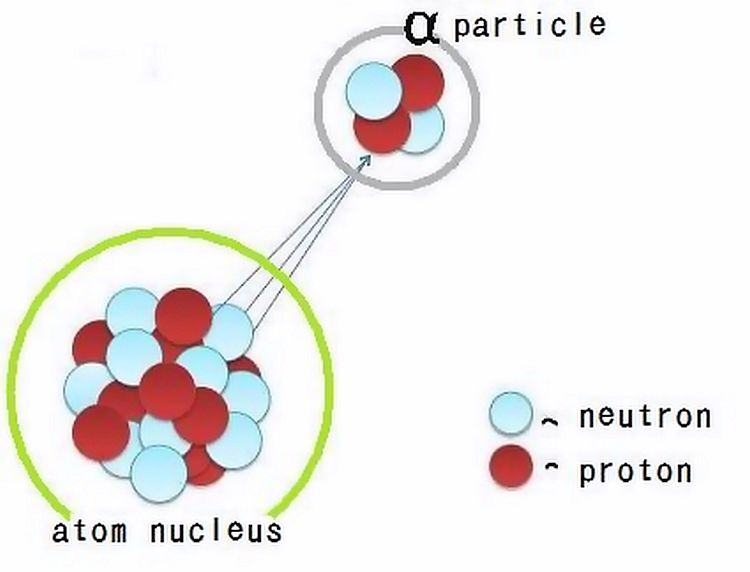

There are large quantities of beta and gamma emitters at the FDNPP site. An imaging plate (IP) has been widely used to obtain the two-dimensional distribution of alpha emitters 25, 26, but this plate is sensitive to beta particles and gamma rays as well. Moreover, information about the two-dimensional distribution of alpha emitters is valuable for distinguishing Pu from Rn progeny because the distributions of alpha particles between them are different 20, 23, 24. For example, the particle size of alpha emitters is important for estimating internal exposure to a worker 12. Information about the size and distribution of alpha emitters is very useful for radiation protection. In the previous study, alpha particles from Pu characteristically show up as spots in the two-dimensional distributions 20. To identify a radionuclide of an alpha emitter, an alpha particle detector with high energy resolution is required 22.Īnother aim of measuring alpha emitters is obtaining information about the two-dimensional distribution of alpha emitters. However, the energy resolutions obtained by the ZnS(Ag) scintillators are rather low, therefore, not showing where the alpha emitters are originating from: nuclear fuels or naturally occurring radionuclide such as Radon (Rn) and progeny 17, 18, 19, 20, 21. Such survey meters have been used for measuring alpha particle count rates.

Using silver-doped zinc sulfide (ZnS(Ag)) survey meters used to be the only option for measuring alpha emitters at the FDNPP site. Therefore, alpha emitters released from the FDNPP has been measured only in environments outside of the FDNPP site 7, 8, 14, 15, 16, and very few measurements have been conducted of alpha emitters inside the FDNPP site. However, measuring alpha activity directly at the FDNPP site is extremely difficult because the dose-rate of gamma rays there is higher than 10 mSv/h 13, which makes it impossible for workers to stay in the field for any significant duration. Identification of the radionuclides of the alpha emitters is important because conversion factor to internal exposure changes largely based on the radionuclides of the alpha emitters 12. For instance, based on radionuclide information, a person working in the reactor building of the FDNPP can choose suitable protection gear (e.g., protection mask). Information about the activity and radionuclides of alpha emitters at a working site is extremely important for preventing workers from exposure to radiation 9, 10, 11. As the decommissioning process continues, the frequency with which workers enter highly contaminated areas such as the reactor building will surely increase. These radioactive materials were mostly beta and gamma emitters such as 137Cs and 90Sr, but there is a high possibility that alpha emitters such as 238Pu and 239Pu were released as well 7, 8. Especially, a reactor building of the FDNPP was seriously contaminated by radioactive materials released from the Primary Containment Vessel. The surface contamination level of alpha emitters exceeded 4 Bq/cm 2.Īfter the Great East Japan Earthquake hit the Fukushima Daiichi Nuclear Power Plant (FDNPP), large quantities of radioactive materials were released inside and outside of the FDNPP 1, 2, 3, 4, 5, 6. Based on these results, we report actual findings of alpha emitters in the FDNPP reactor buildings originating from nuclear fuels. Moreover, the peak of 241Am was identified by gamma spectrum measurement. The correlation coefficient of the alpha spectra of the smear papers and the Pu sample had a strong positive linear relation. The alpha spectrum was in the energy range of 5–6 MeV, which corresponds to the alpha particle energy of 238Pu (5.5 MeV). In addition, we measured a Plutonium (Pu) sample (mainly 5.5 MeV alpha particles from 238Pu) obtained from a nuclear fuel facility by using of the same detector for comparison with the smear papers. The floor of the reactor building in FDNPP was wiped off by using smear papers, and the radioactivity of these papers was measured by the alpha particle imaging detector. For developing the detector, we used a very thin (0.05-mm-thick) a cerium-doped Gd 3(Ga,Al) 5O 12 (Ce:GAGG) scintillator and silicon photomultiplier (SiPM) arrays as the photodetector. We measured alpha emitters obtained from a reactor building in the Fukushima Daiichi Nuclear Power Plant (FDNPP) by using an alpha particle imaging detector.


 0 kommentar(er)
0 kommentar(er)
